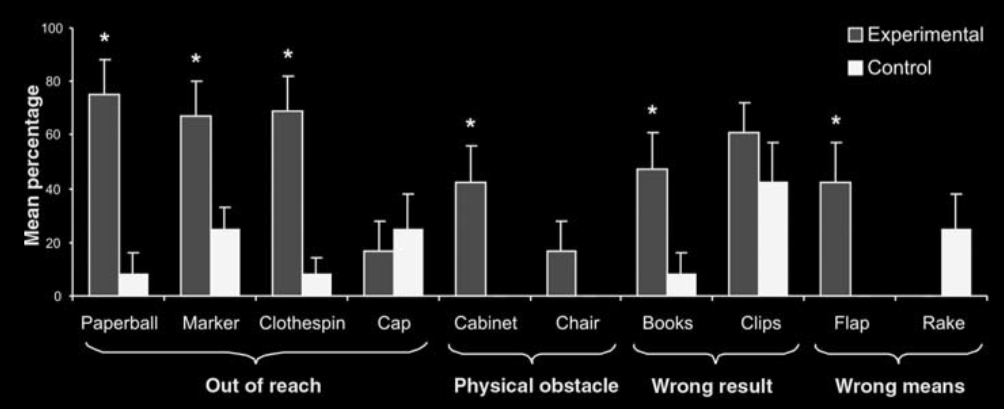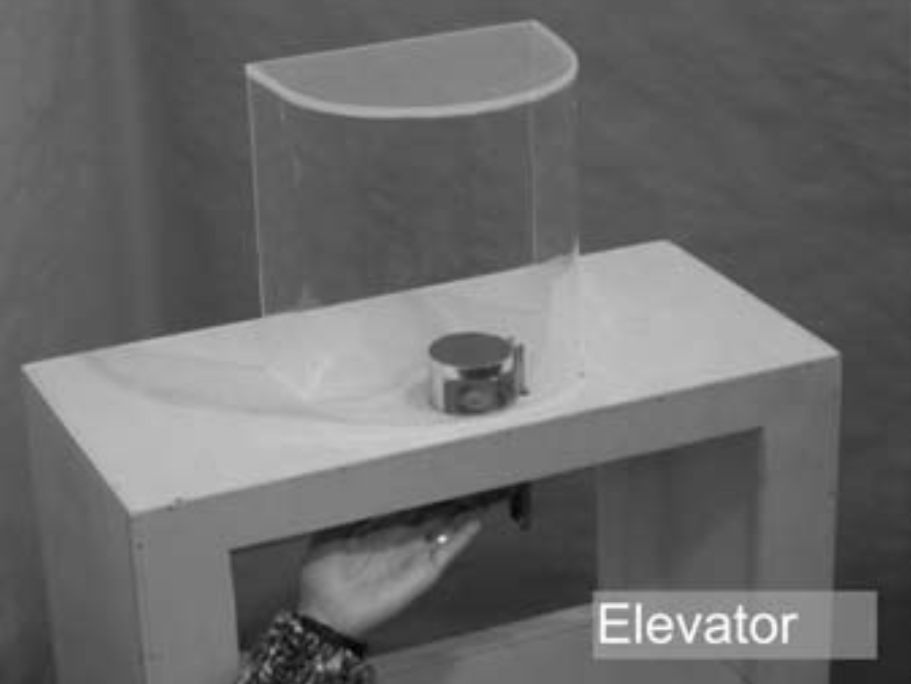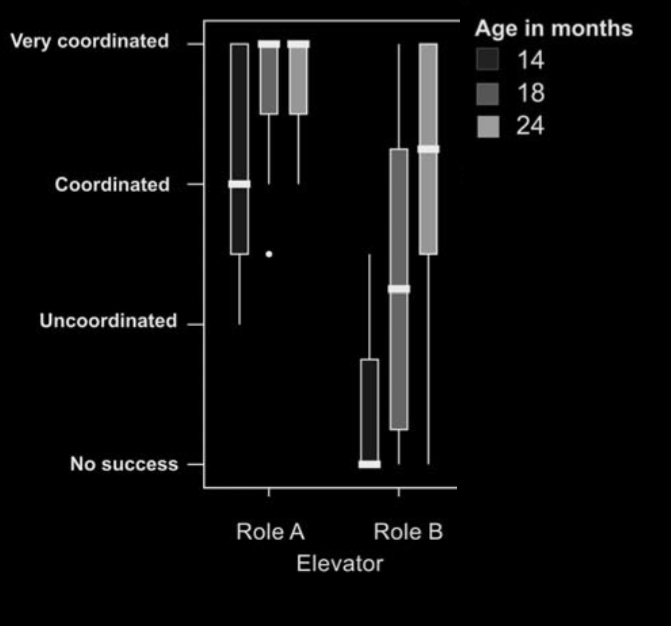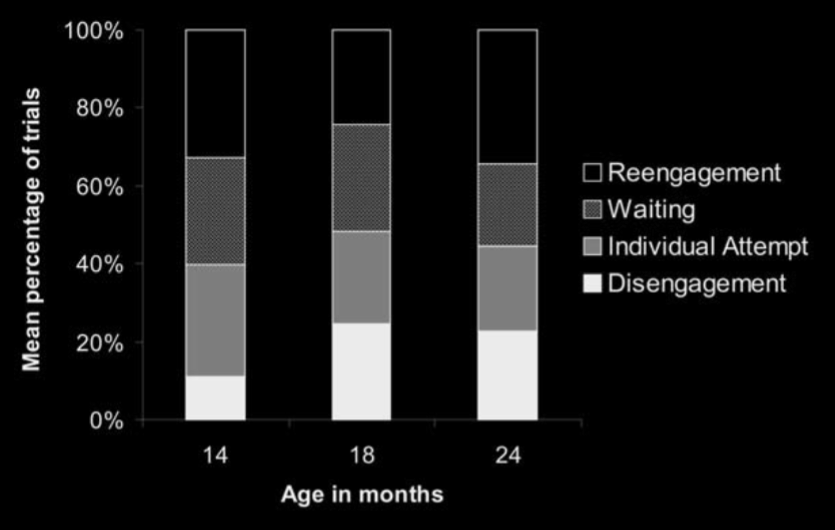Click here and press the right key for the next slide (or swipe left)
also ...
Press the left key to go backwards (or swipe right)
Press n to toggle whether notes are shown (or add '?notes' to the url before the #)
Press m or double tap to slide thumbnails (menu)
Press ? at any time to show the keyboard shortcuts
Development of Joint Action: Years 1-2
No planning ...
... So which joint actions can one- and two-year-olds perform?
‘By 12–18 months, infants are beginning to participate in a variety of joint actions which show many of the characteristics of adult joint action.’
Carpenter, 2009 p. 388
4-6 months
dyadic interactions
6-12 months
triadic interactions
~ 12-24 months
infants initiate and re-start joint actions
e.g. ‘peek-a-boo; tickle; rhythmic games; chase’
Brownell, 2011
drumming together
(from two years of age; Endedijk et al, 2015)
Warneken and Tomasello, 2006
Warneken and Tomasello, 2006

Warneken and Tomasello, 2006

Warneken and Tomasello, 2007 figure 2 (part)

Warneken and Tomasello, 2007 figure 3 (part)

Warneken and Tomasello, 2007 figure 2 (part)

Warneken and Tomasello, 2007 figure 4
Infants’ ‘attempts to reactivate the partner in interruption periods indicate that they were aware of the interdependency of actions—that the execution of their own actions was conditional on that of the partner’
‘these instances might also exemplify a basic understanding of shared intentionality’
Warneken and Tomasello, 2007 pp. 290-1
Joint Action in Years 1-2
In the first and second years of life,
there is joint action
but it does not appear to involve planning agency
or shared intention.
Bratman’s account does not characterise
the sort of joint actions
infants perform in the first and second years of life.
Two-year-olds perform some joint actions but not others.
What distinguishes the joint actions they can perform from those they cannot?